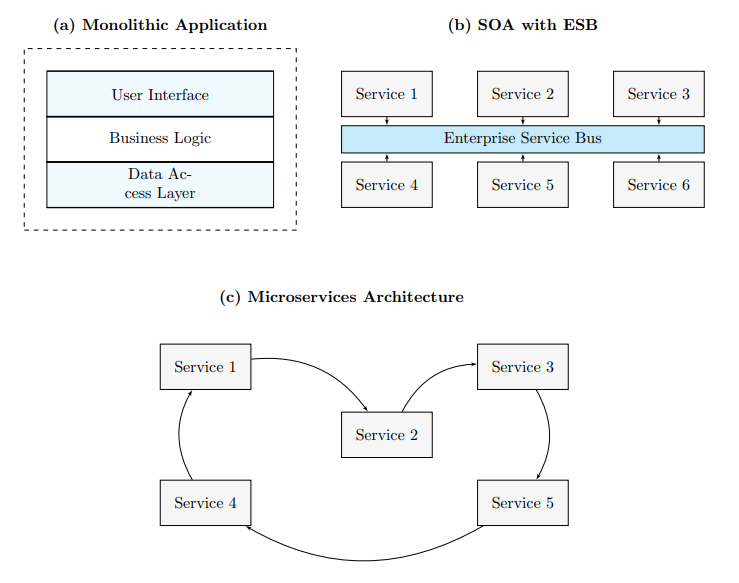AI-Driven Fault Detection and Self-Healing Mechanisms in Microservices Architectures for Distributed Cloud Environments
Keywords:
AI fault detection, cloud environments, fault recovery, machine learning, microservices, predictive analytics, self-healingAbstract
In recent years, microservices architectures have become the de facto standard for building large-scale, distributed applications in cloud environments. Benefits are clear: better scalability, flexibility, and speed of deployment of services; however, they also introduce added complexities related to fault detection and recovery due to the distributed and decoupled nature of services. Traditional fault management usually fails in such dynamic environments and corresponds to increased downtime and reduced system reliability. In this paper, advanced Artificial Intelligence models for failure detection and automated resolution are developed specially for microservices architecture. The objective of the proposed AI models is the identification of the pattern of faults in real time applying machine-learning algorithms like anomaly detection and reinforcement learning, and then each has its actions autonomously executed. The models are designed to reduce downtime and enable the self-healing properties of distributed cloud systems. This approach integrates predictive analytics to anticipate failures and trigger corresponding preventive measures. Moreover, decision-making algorithms are used by the models to select optimal recovery strategies, taking into consideration the current state of the system and historical trends. This paper details the architectural design of the AI models, the methodologies followed for fault detection and resolution, and the mechanisms for continuous learning and adaptation. Implementation considerations, such as system integration and computational overhead, are also provided. Simulation and conceptual analysis show the expected results to be significant in system resilience and uptime.

Downloads
Published
How to Cite
Issue
Section
License
Copyright (c) 2020 International Journal of Intelligent Automation and Computing

This work is licensed under a Creative Commons Attribution-NonCommercial 4.0 International License.
